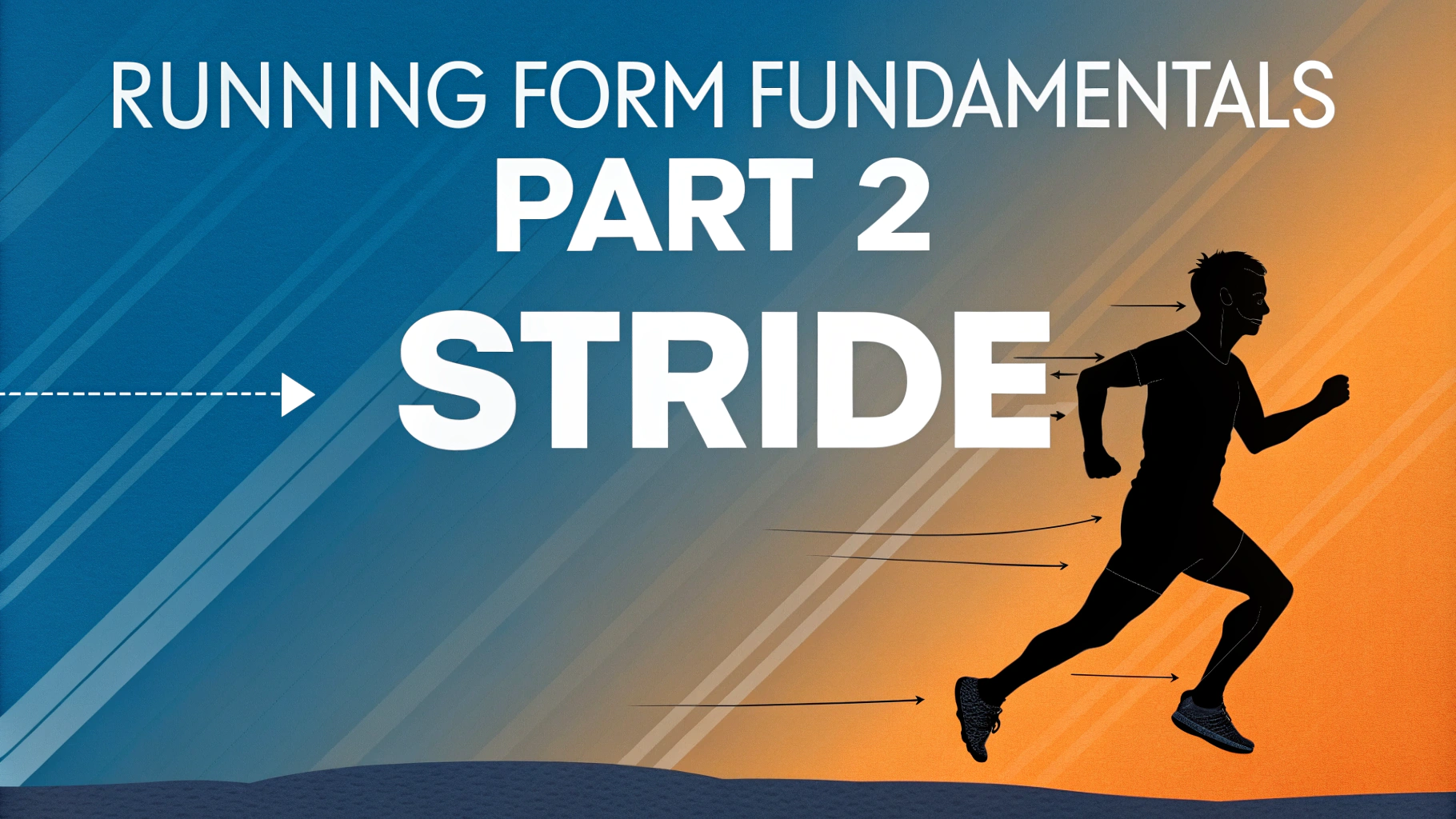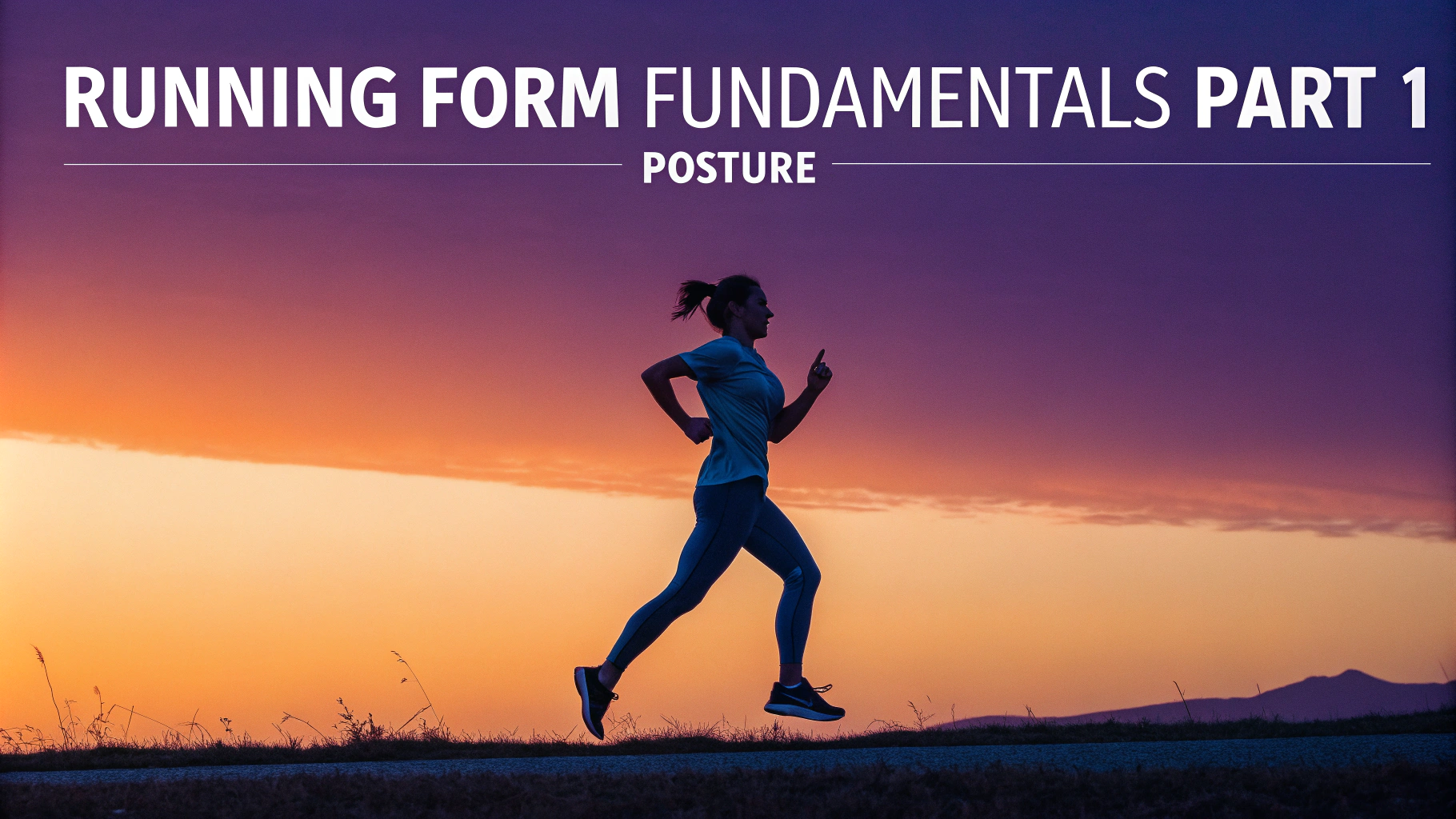Running-related rib pain can stop you in your tracks and turn an enjoyable workout into an uncomfortable experience.
Side stitches, also known as exercise-related transient abdominal pain (ETAP), are the most common cause of rib pain while running.
Common Causes of Rib Pain During Running
- Poor breathing technique
- Eating too close to exercise
- Dehydration
- Weak core muscles
- Improper running form
Quick Solutions for Immediate Relief
- Slow down or walk while taking deep breaths
- Press firmly on the painful area
- Stretch your arms overhead
- Bend forward slightly while running
Prevention Tips
- Timing Your Meals: Wait 2-3 hours after a large meal before running
- Hydration: Drink water throughout the day, not just before running
- Breathing Technique: Practice belly breathing while running
- Core Strength: Include planks and side planks in your routine
When to See a Doctor
Seek medical attention if the pain is sharp, persistent, or accompanied by difficulty breathing.
Recommended Core Exercises for Runners
| Exercise | Sets | Duration |
|---|---|---|
| Plank | 3 | 30-60 seconds |
| Side Plank | 2 per side | 30 seconds |
| Bird Dog | 3 | 10 reps each side |
Professional Support
For persistent issues, contact a sports medicine physician or physical therapist specializing in running injuries.
The American College of Sports Medicine offers a directory of certified professionals who can help address running-related pain.
Remember to start slowly when returning to running after experiencing rib pain, gradually building up intensity and duration.
Recovery Strategies
- Apply ice to reduce inflammation if pain persists after running
- Perform gentle stretching exercises focusing on the intercostal muscles
- Take rest days between runs if experiencing recurring pain
- Gradually increase running distance and intensity
Equipment Considerations
- Ensure proper running shoe support
- Consider using compression gear for core stability
- Use breathable clothing to maintain optimal body temperature
Progressive Training Schedule
| Week | Running Duration | Core Work |
|---|---|---|
| 1 | 20 minutes | Basic planks |
| 2 | 30 minutes | Add side planks |
| 3 | 40 minutes | Full core routine |
Long-term Management
- Regular Assessment: Monitor your form and breathing patterns
- Strength Training: Maintain a consistent core workout routine
- Flexibility: Include regular stretching sessions
- Professional Check-ups: Schedule periodic evaluations with specialists
Conclusion
Managing and preventing running-related rib pain requires a comprehensive approach combining proper technique, adequate preparation, and appropriate recovery strategies. By implementing these preventive measures and listening to your body’s signals, you can maintain a healthy and enjoyable running practice while minimizing the risk of rib pain and related discomfort.
Always remember that gradual progression and consistency in training are key to long-term running success and injury prevention.
FAQs
- What causes rib pain during running?
Side stitches, intercostal muscle strain, costochondritis, poor breathing technique, or tight core muscles are common causes of rib pain while running. - How can I prevent side stitches while running?
Warm up properly, breathe deeply from your diaphragm, avoid eating large meals 2-3 hours before running, and stay hydrated to prevent side stitches. - Should I stop running if my ribs hurt?
Yes, if the pain is sharp or severe. Mild discomfort from side stitches can be managed by slowing down and adjusting breathing, but persistent pain requires rest. - What’s the proper breathing technique to prevent rib pain?
Practice rhythmic breathing, matching breath to footsteps (e.g., inhale for 2-3 steps, exhale for 2-3 steps) and breathe deeply from your diaphragm rather than shallow chest breathing. - Can strengthening core muscles help prevent rib pain?
Yes, a strong core stabilizes your torso during running, reducing stress on rib muscles and improving posture, which can prevent rib pain. - How long does running-related rib pain typically last?
Side stitches usually resolve within minutes to hours, while muscle strains may take 1-2 weeks to heal with proper rest and care. - What stretches help alleviate rib cage pain from running?
Side bends, torso twists, and reach-and-stretch exercises can help loosen tight intercostal muscles and reduce rib cage discomfort. - Is rib pain while running a sign of something serious?
While usually benign, persistent or severe rib pain could indicate stress fractures, pleurisy, or other medical conditions requiring professional evaluation. - How does posture affect rib pain during running?
Poor running posture, such as slouching or leaning too far forward, can strain rib muscles and trigger pain. Maintaining an upright, aligned posture is crucial. - What role does hydration play in preventing rib pain?
Proper hydration helps prevent muscle cramps and side stitches. Dehydration can increase the likelihood of experiencing rib pain during running.










